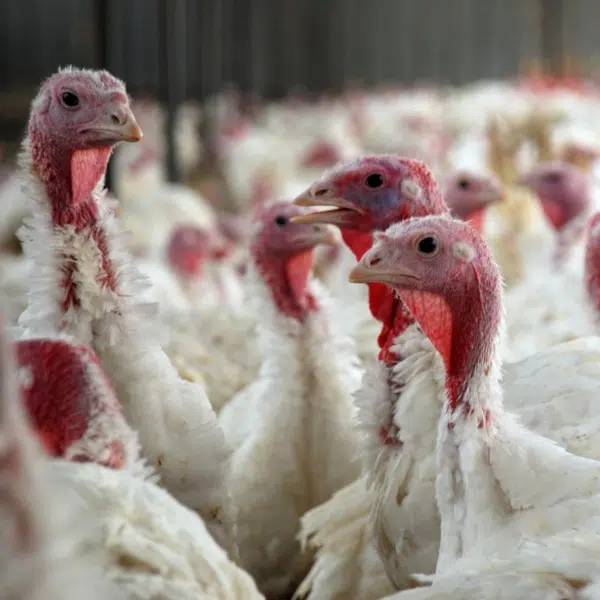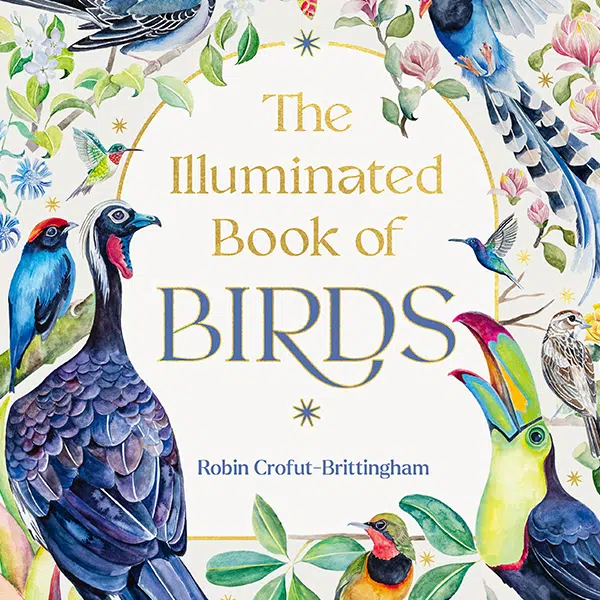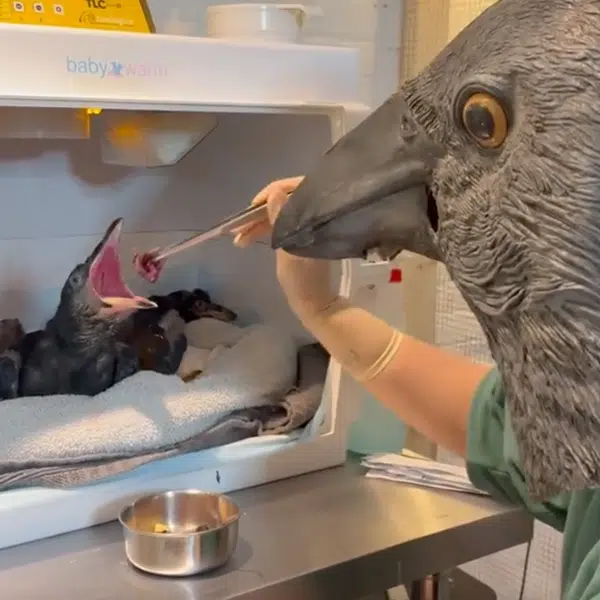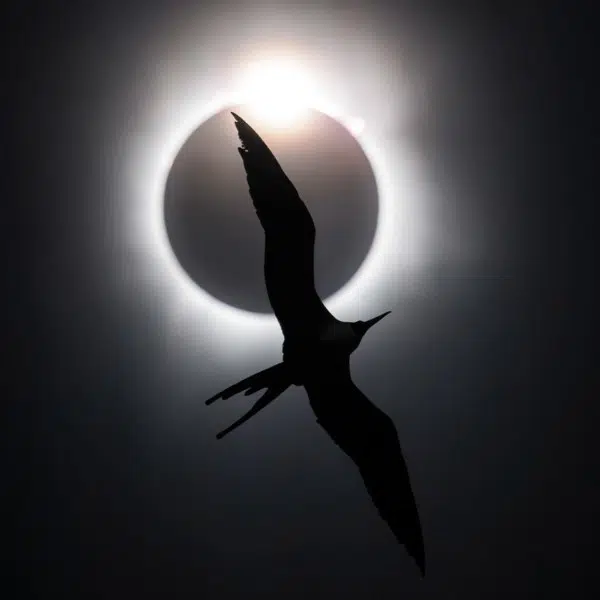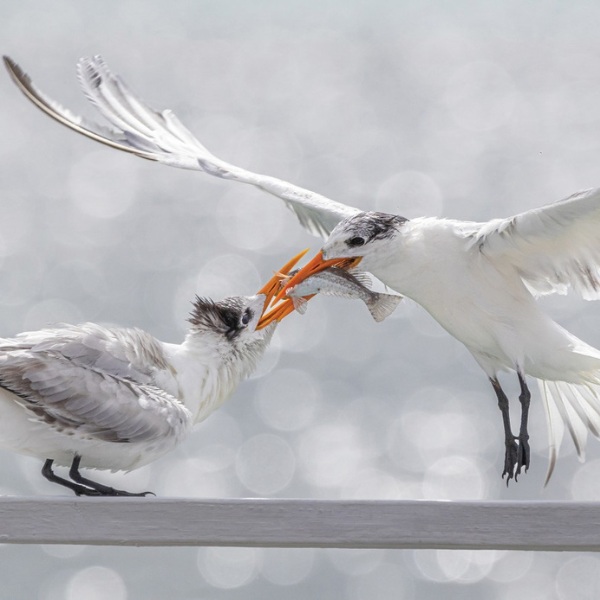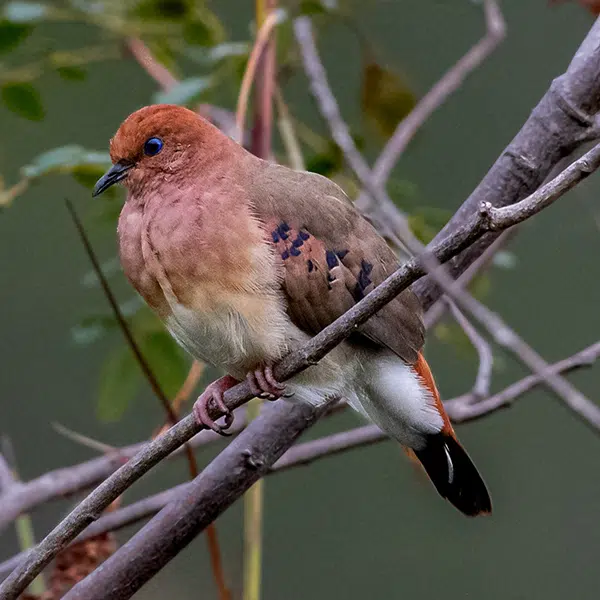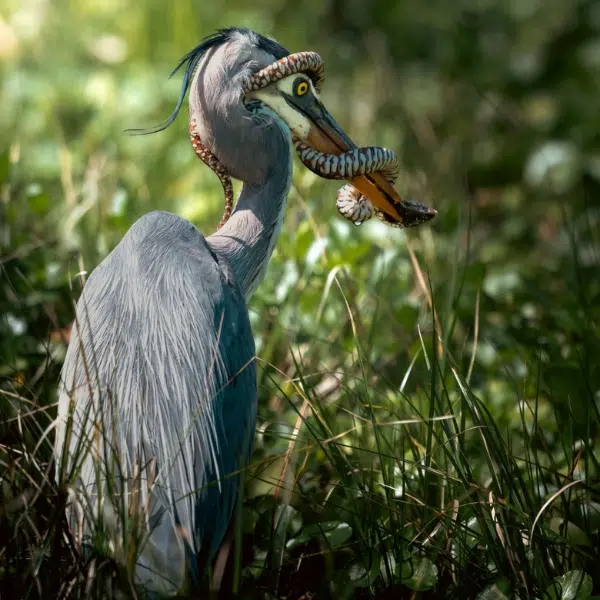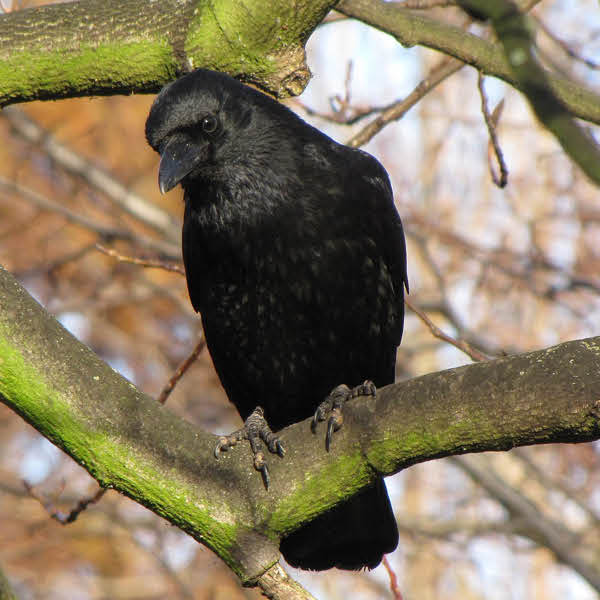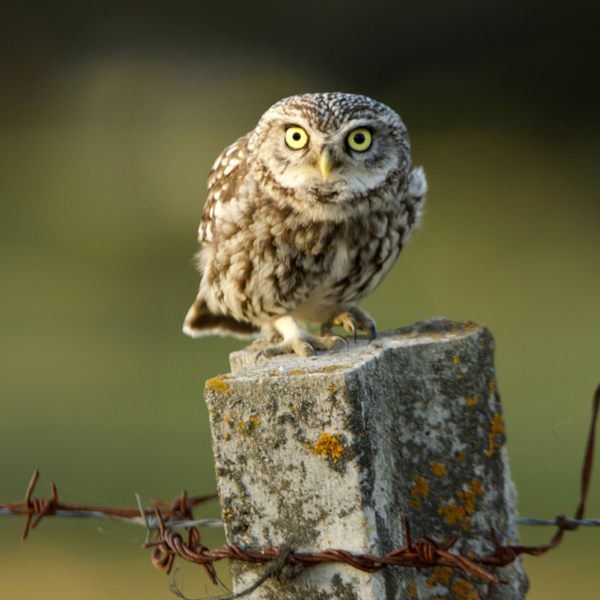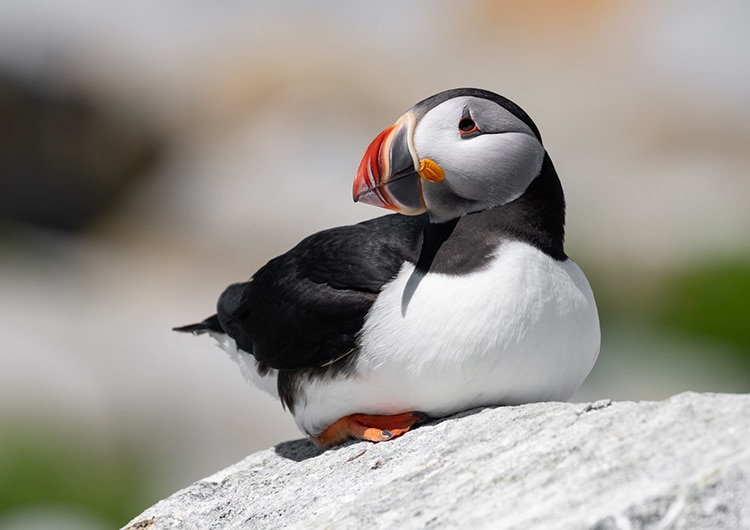
An Atlantic Puffin on Machias Seal Island in Maine. (Photo: COLLINS93/Depositphotos)
Atlantic Puffins are easily recognizable with their white bellies and jet black “coats,” highlighted by bright red beaks. These adorable birds, known scientifically as Fratercula arctica, frolic over coastal lands from Maine to Eastern Canada, from Iceland to Scotland. Sadly, like many species, their numbers rapidly declined in the 19th century due to humans collecting their eggs and hunting the adult birds. On the coastal islands of Maine, the population was as low as 70 pairs of birds, isolated on Matinicus Rock. Now, however, after generations of efforts, the puffin population of Maine has rebounded and become relatively stable.
Over the last two years, the puffins of Maine have lived and nested upon Matinicus Rock, Eastern Egg Rock, Seal Island, and Petit Manan Island. Swiftly warming waters in the Gulf of Maine have affected the fish which form the puffin food supply. Low food led to a dismal reproductive year in 2021, when only a quarter of adults had chicks. Thankfully, the sand lance fish has been able to make up the gap in the last two years, new numbers suggest. Last year, two-thirds of birds had chicks; this year, not quite that high but still better. The Maine population is believed to be about 3,000 now.
Although relatively stable, the heat waves and food shifts of the climate crisis still threaten these resilient birds. But as Bill Sydeman, president of the Farallon Institute, explained to the AP, “The problem with climate change is these breeding failures and low breeding productivity years are now becoming chronic. There will be fewer young birds in the population that are able to recruit into the breeding population.”
For more information on the threats to puffins and their fellow seabirds, check out the Audubon Seabird Society's website, which has live cams to watch the birds, as well as information on Project Puffin, the conservation effort responsible for bringing the bird back from the brink.
Maine's adorable Atlantic Puffin population is defying the climate-crisis odds.

A puffin guards its nest in Maine. (Photo: ALWOODPHOTO/Depositphotos)
Another year of abundant chicks has led to a stable population of this critical coastal bird.
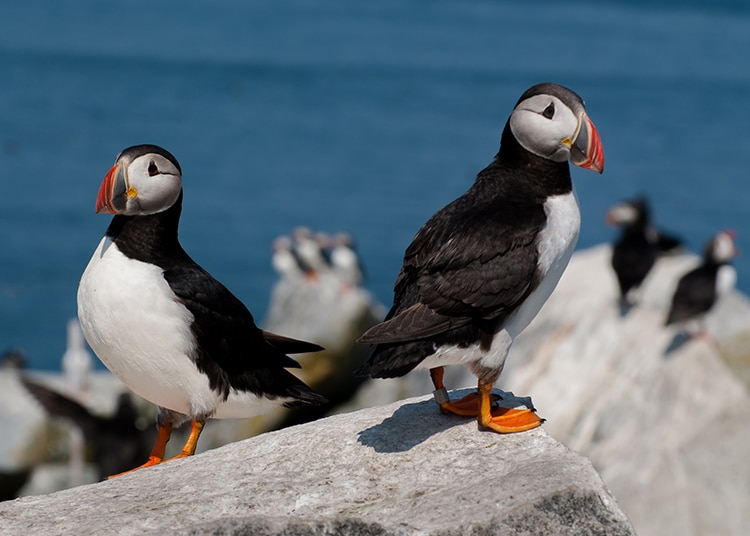
Atlantic Puffins grouped along the seashore. (Photo: ALWOODPHOTO/Depositphotos)
h/t: [AP]
Related Articles:
Parrots Taught to Video Call Each Other Show Increased Happiness According to New Study
Photographer Wears a Puffin Decoy To Blend in With the Real Birds
Woman Uses Hidden Cameras To Get Candid Look at Birds in Her Backyard
Rebellious Birds Are Now Stealing Anti-Bird Spikes and Making Nests With Them











































































